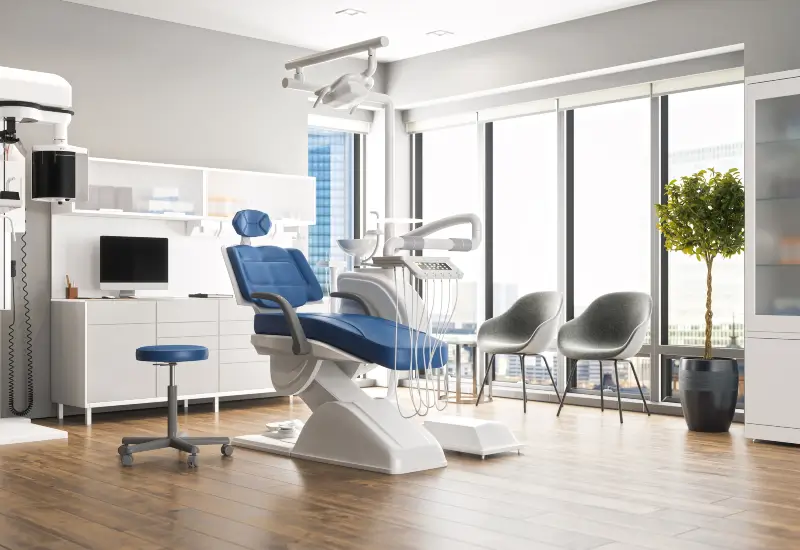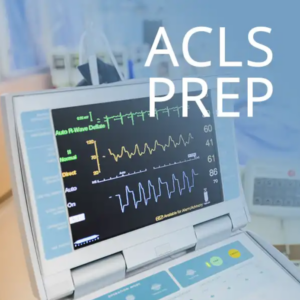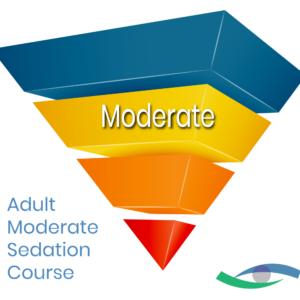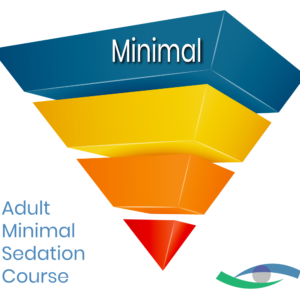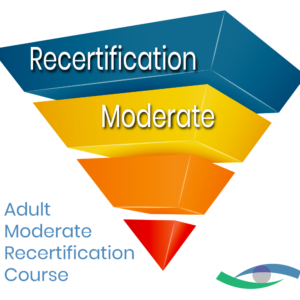Are you looking to broaden your dental practice’s service offerings to include sedation? Local anesthesia is one thing, but offering minimal and moderate sedation adds an extra level of patient comfort and practice efficiency. Learn more about sedation dentistry, its many benefits, and what’s required to integrate sedation into your dental practice.
What Is Sedation Dentistry?
Sedation dentistry involves administering medication to help patients relax during dental procedures. It’s particularly beneficial for individuals with dental anxiety, low pain thresholds, or those undergoing extensive treatments. The primary levels of sedation include:
- Minimal sedation: The patient is awake but relaxed.
- Moderate sedation: The patient may slur words and not remember much of the procedure.
- Deep sedation: The patient is on the edge of consciousness but can still be awakened.
- General anesthesia: The patient is completely unconscious.
Common methods of administration include inhalation (nitrous oxide), oral sedation (pills), and intravenous (IV) sedation.
Benefits of Incorporating Sedation into Your Practice
Offering sedation services transforms the experience for patients and providers alike. Consider the many benefits of sedation dentistry:
- Enhanced patient comfort and reduced anxiety: Sedation alleviates fear in those with dental anxiety, making visits more pleasant. This encourages regular preventative care to minimize the need for extensive restorations.
- Increased treatment acceptance: Patients are more likely to consent to necessary procedures when assured of a pain-free experience.
- Improved efficiency: Sedation allows for longer appointments during which multiple procedures can be completed, reducing the number of required visits.
- Broadened patient base: Offering sedation attracts patients who might otherwise avoid dental care due to fear or previous trauma. When they have a pleasant experience at your office, they leave positive testimonials online and refer their friends and family.
- Competitive advantage: Differentiating your practice by providing sedation services sets you apart in a crowded market.
Considerations for Implementing Sedation Dentistry
Integrating sedation into your dental practice requires careful planning, education, and adherence to safety standards. Here’s what you need to know:
- Training and certification: Dentists must undergo specific training to administer sedation safely. Upon completion, it’s necessary to obtain sedation certification to demonstrate the ability to manage patient safety.
- Regulatory compliance: Each state has specific guidelines regarding sedation use in dental practices. In general, both the practice and individual practitioners must hold the necessary licenses to administer sedation. Adhering to established standards, such as the ASA Sedation Guidelines for Non-Anesthesiologist Providers, promotes patient safety and quality care.
- Equipment and facility requirements: You must invest in appropriate monitoring equipment to track patients’ vital signs while sedated. Then, equip your facility with emergency medications and resuscitation equipment in case of emergency.
- Staff training and preparedness: All team members must be trained in sedation protocols and emergency response procedures. Conduct regular emergency drills to maintain readiness for adverse events.
- Insurance and liability: Verify that your malpractice insurance covers sedation services and familiarize yourself with how sedation services are billed and reimbursed by insurance providers.
Sedation Training and Certification from NSC
The National Sedation Center (NSC) offers comprehensive adult sedation courses and airway skills training designed for healthcare providers administering sedation outside the operating room. Our tiered approach begins with the Foundational Knowledge: Adult Minimal Sedation course. Upon completion, practitioners can advance to the Adult Moderate Sedation course, which focuses on this deeper sedation level.
Each course is structured to give practitioners the necessary skills and knowledge to administer sedation safely and effectively. A post-test score of 80% or better and completion of the course evaluation are required to receive your Continuing Education (CE)/Continuing Medical Education (CME) certificate.
Benefits of NSC Certification
Obtaining sedation certification through NSC offers several advantages:
- Standardized education: NSC provides consistent, evidence-based content across all practitioner levels for uniformity in sedation education.
- Verified certification: Facilities and private practitioners receive primary source verification of sedation certification for a streamlined credentialing process.
- National recognition: NSC certification is nationally recognized. This allows providers to present proof of certification across multiple facilities, similar to Basic Life Support (BLS) certification.
- Continuing education credits: Completing NSC courses makes practitioners eligible for nursing CE or medical CME credits from The Postgraduate Institute for Medicine.
Get Your Sedation Certification
If you’re ready to integrate sedation into your dental practice, The National Sedation Center can help. We distinguish ourselves by holding our students accountable for certification, offering competitive pricing, and developing instructor-led programs that teach essential airway skills. Once certified, individuals are added to the National Registry or the Primary Source Verification database to ensure credibility and recognition. Contact us today to learn more about our adult sedation courses and take the next step in furthering your dental practice.

